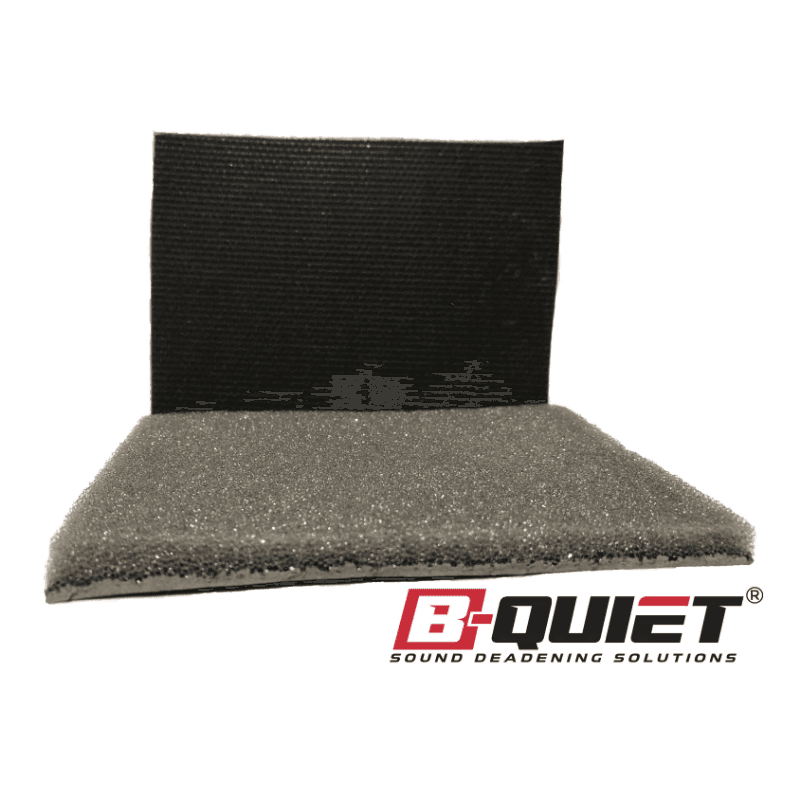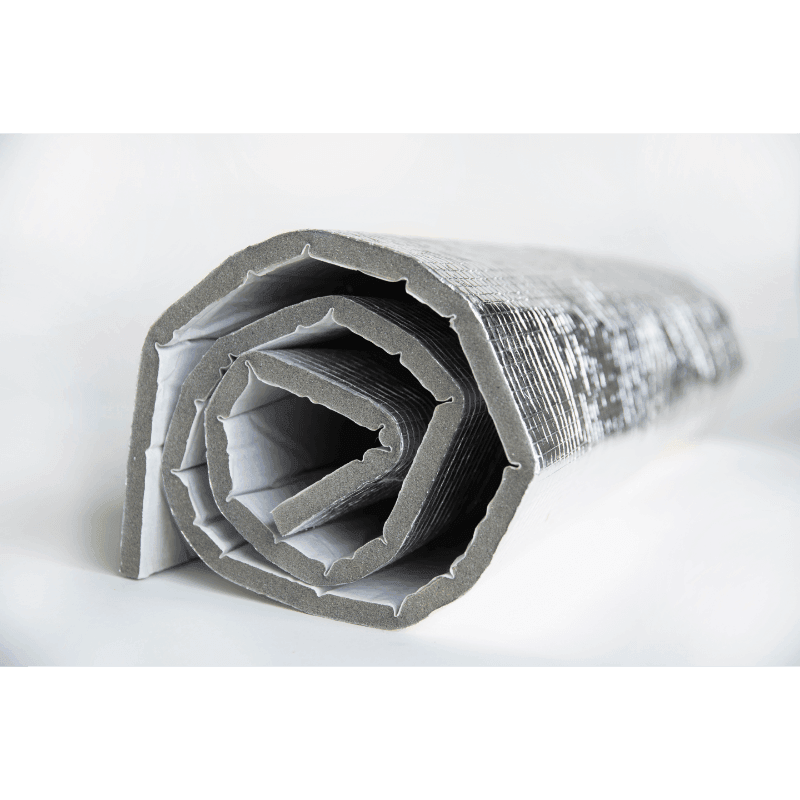Boost Your Electric Vehicle's Efficiency with Sound-deadening Solutions
Electric vehicles (EVs) are becoming increasingly popular thanks to their eco-friendly nature and lower operating costs. As more and more drivers make the switch to electric, they discover the unique challenges of owning and operating these vehicles. One such challenge is the inherent silence of the electric motor, which means drivers and passengers are more likely to notice road, wind, and tire noise.
A quiet and comfortable cabin is not only vital for a pleasant driving experience but can also contribute to an electric vehicle's overall efficiency. Unwanted noise can lead to the use of the vehicle's climate control system, entertainment system, and other energy-consuming devices to create a comfortable environment – thus depleting the vehicle's battery at a quicker rate. By implementing sound-deadening techniques, EV owners can create a serene cabin that reduces energy consumption and increases driving range.
In this informative guide, we'll explore the benefits of sound-deadening solutions for electric vehicles, discuss various materials, and provide helpful tips for installation. With proper sound-deadening, you will not only improve the comfort of your EV's cabin but also maximize your vehicle's energy efficiency, leading to a longer range and more enjoyable driving experience.
Benefits of sound-deadening for Electric Vehicles
Implementing sound-deadening solutions in your electric vehicle can provide a multitude of benefits, both in terms of comfort and efficiency. Here are some key advantages:
- Improved Comfort: By reducing unwanted noise, your EV's cabin becomes a more enjoyable environment for both drivers and passengers, making your journeys more pleasant and relaxing.
- Enhanced Focus: A quieter cabin helps the driver maintain better focus and concentration, increasing safety while on the road.
- Energy Efficiency: When your EV has a tranquil cabin, you may be less likely to rely on audio and climate control systems to mask the noise, saving energy and increasing driving range.
- Increased Resale Value: A quieter and more comfortable cabin can make your electric vehicle more appealing to potential buyers, boosting its resale value.
Understanding Noise Issues in Electric Vehicles
Before selecting the appropriate sound-deadening materials, it's vital to identify different types of noise that infiltrate your EV's cabin. Common noise sources include:
- Road noise: Noise generated by tires rolling against the pavement can be particularly noticeable, especially at higher speeds.
- Wind noise: As your vehicle moves through the air, wind noise can enter through gaps around windows, doors, and other areas.
- Tire noise: Tire noise is caused by the tire tread pattern and the interaction between the tire, road surface, and the vehicle's suspension system.
- Vibrations: Components such as the suspension, steering, and body panels can generate vibrating noise due to resonance.
By understanding these noise sources, you can effectively choose the most appropriate sound-deadening materials and techniques for your EV.
Installing sound-deadening Solutions in Your Electric Vehicle
For optimal noise reduction, it is crucial to follow proper installation techniques when implementing sound-deadening solutions. Consider these guidelines for a successful installation:
- Thoroughly prep surfaces: Before applying any sound-deadening materials, clean and degrease all relevant surfaces in your EV to ensure proper adhesion.
- Measure carefully: Accurately measure the areas where you're installing the sound-deadening materials, accounting for curves and irregular surfaces.
- Install snugly and securely: Make sure the materials are firmly secured and completely cover the targeted area, with no gaps allowing noise infiltration.
- Apply additional layers: When necessary, apply multiple layers of material for increased effectiveness in noise reduction.
Maintaining Your EV's sound-deadening System
To ensure long-lasting performance, it is vital to maintain your electric vehicle's sound-deadening system. Keep the following tips in mind:
- Inspect regularly: Routinely check your sound-deadening materials for signs of wear, damage, or detachment.
- Address issues: If you notice any concerns, repair or replace the affected materials promptly to ensure continued noise reduction.
- Clean gently: Use mild cleaning agents and gentle cleaning tools when necessary, avoiding harsh chemicals or abrasive tools that may damage your sound-deadening materials.
Conclusion
By incorporating sound-deadening solutions into your electric vehicle, you can create a quieter and more comfortable cabin while enhancing your EV's overall efficiency. Understanding the various noise sources affecting your vehicle, selecting the appropriate materials, and following proper installation and maintenance techniques will ensure a pleasant and energy-efficient driving experience.
Browse our extensive range of premium sound-deadening materials and take the first step toward a more enjoyable and efficient electric vehicle experience today!












